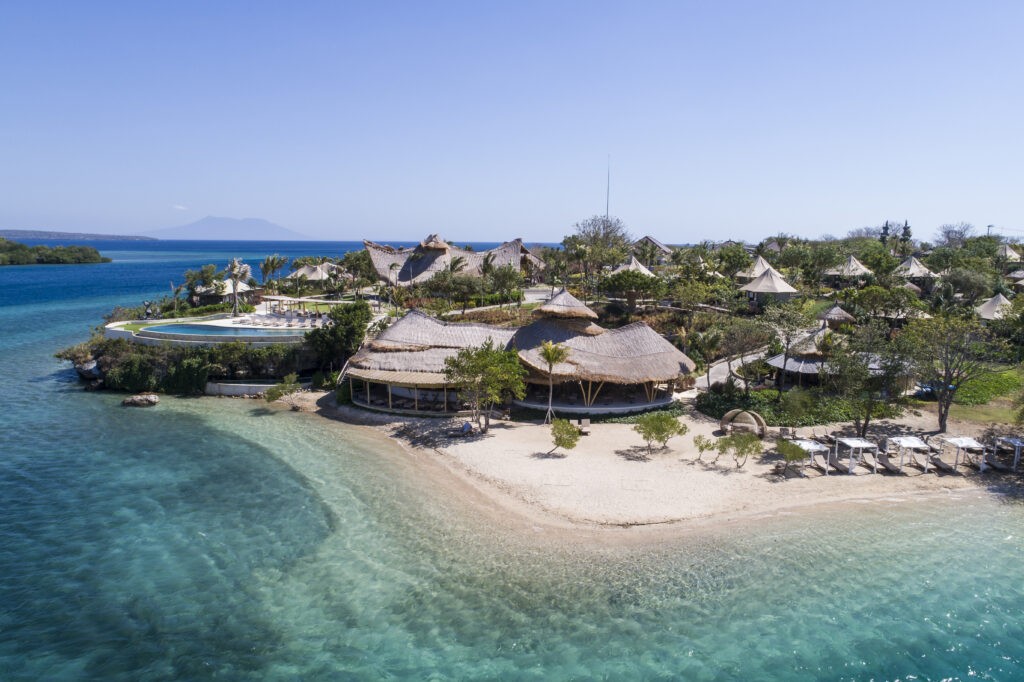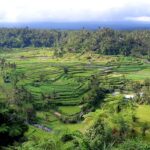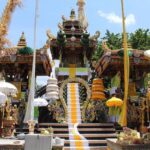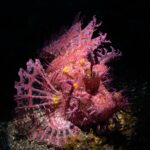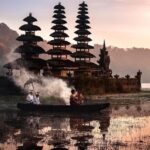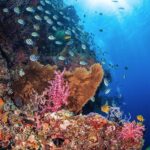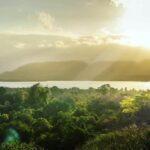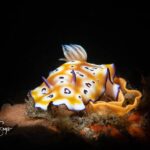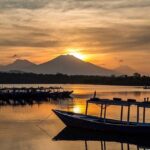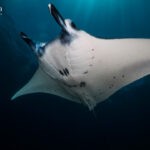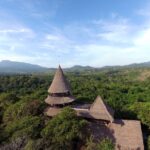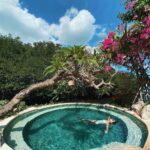Bali Province - Bali & the Gili Islands
- April to December
- Courses
- Nitrox
- Snorkeling
- DIN & Yoke
- Diving
- 15+ Days
We suggest you combine at least 2 locations. To summarize the areas: Tulamben is amazing for macro on its black sand and its World War II shipwreck, the USS Liberty – just walk in from the beach + some very good healthy rocky reefs! Amed has a small WWII plane wreck covered in beautiful corals and some great drift dives – for example Gili Selang! For the more experienced divers, daytrips from Amed or Tulamben could go to Gili Tepekong and Gili Mimpang – two iconic power sites of East Bali. Menjangan in the northwest gives you the warmest, clearest water, tropical fish and the biggest gorgonian fan corals of entire Bali. The Gilis are 3 small, sandy islands East of Bali, easily reached by boat.
Bali Province - Bali & the Gili Islands
April to December
15 Days From € 1800 / Person
16 Dives From € 600
(Based on double occupancy)
(All Flights Included)
Bali – Island of the Gods
The Island of the Gods – Bali is without doubt a special and unique place. An integral part of the vast Indonesian archipelago, yet different in so many ways.
Predominantly Hindu, in a nation of just under 240 million people, where Islam is the principal religion. Bali is the only place outside of the Indian sub-continent where the Hindu religion exists in any real strength.
Their descendants have succeeded in both protecting and enriching their heritage through to the present day. Strongly resisting cultural and religious encroachment under a succession of foreign and Indonesian rulers.
Bali’s present day culture is a unique fusion of Hinduism combined with elements of Buddhism. Which is overlaid on village life and the crops that are grown on the rich volcanic soil of the island. Combined with the many festivals and celebrations that bind the whole thing together.
It is without a doubt what makes Bali so special.
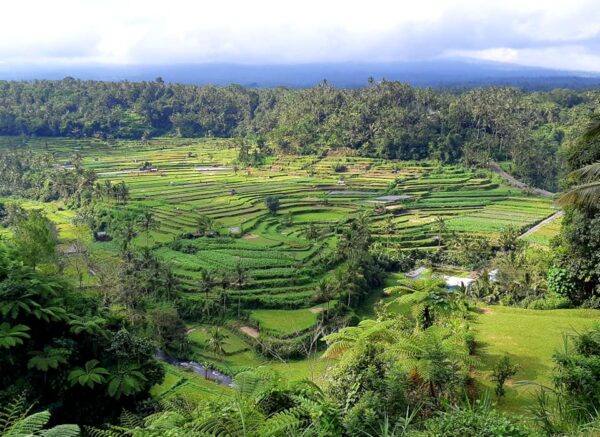
Nature
With many types of vegetation at different altitudes, nature lovers will not get bored here. Bali has 4 volcanoes, two of which are active.
The volcanic mineral rich soil is perfect for rice fields, which you might have seen photos of already. One of the biggest rice fields of Bali is now even a Unesco World Heritage site. You can roam the island and find many small rice fields along the way.
There are white-sand beaches, black sand beaches, cliffs and mangrove. All adding to the diversity of life living there and the type of dives you can have!
The island hides a lot of waterfalls which have to be found in the middle of the forest. For example, Gigit, Kanto Lampo, Kroya or Tagenungan Waterfall.
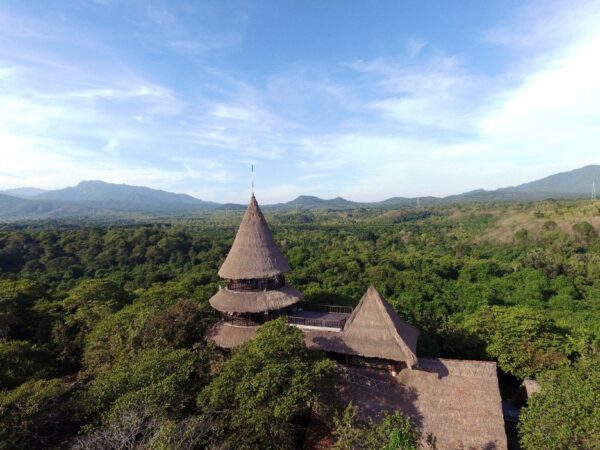
Experiences
We collaborate with a handful trusted local tour agencies. In order to get a better idea of what is on the menu, check our “Combine” tab.
Bali has all kinds of sports activities, cooking classes, history tours, trekking tours and the list goes on.
If you do not find what you are looking for, feel free to ask, because we have not put every possible tour on our website.
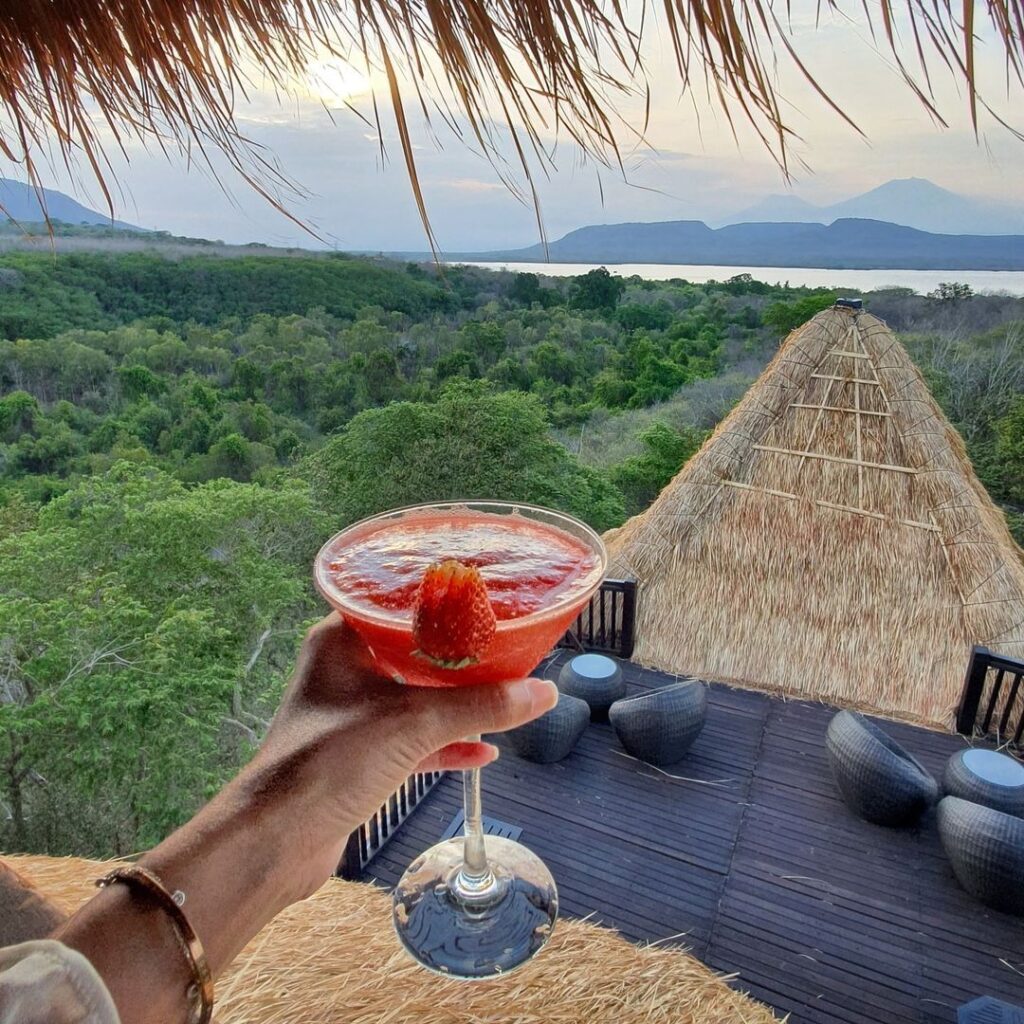
Tourism
The Island of the Gods is many things to many people. Obviously to the Balinese themselves it is home and they are very proud of it and their special culture. But they are also very tolerant and welcoming to the throngs of visitors that come to the island.
It’s not just the tourist dollar they welcome. The Balinese are genuinely nice people as a whole and understand the tangible benefits that tourism brings.
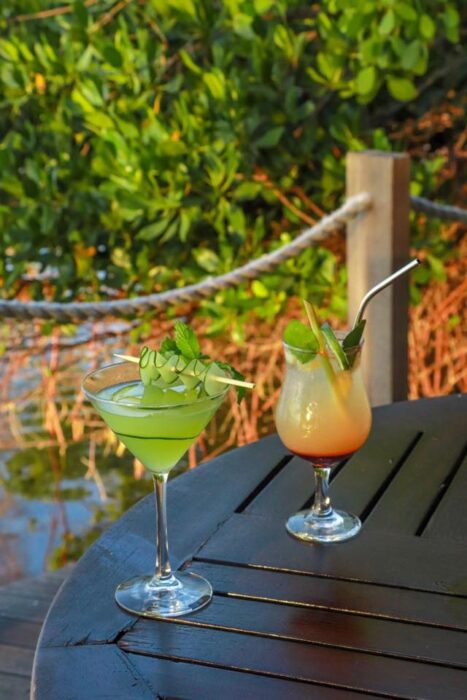
The Gili Islands
Gili Meno may be the smallest and quietest of the three islands but it’s as close as you’ll get to a true tropical island getaway. Sandwiched between Gili Trawangan and Gili Air, its stunning beaches and laid-back charm provide a great escape for honeymooners looking for seclusion or those just wanting to get away from it all!
Gili Air, although closest to mainland Lombok, lays somewhere between the tranquillity of Gili Meno and the bustle of Gili Trawangan – making it a great option for backpackers and families wanting to get away from the tourist crowds and immerse themselves in the local culture. Dining options are also quite varied, with inexpensive local food available inland to grilled fish and international cuisine being offered at the many beachside restaurants
Gili Trawangan is the biggest and most visited of the three and has earned a reputation as ‘Party Island’ amongst the world’s travellers. Gili T has undergone some dramatic changes over the past five years and now caters to a decidedly more upmarket crowd, often with family in-tow, all seeking that tropical island experience with the luxuries of home. Watching the fishing boats passing through the channel between Gili T and Meno, plus the lack of motorized traffic still makes for a chilled out vibe – but at night time Gili T really is a partygoers paradise.
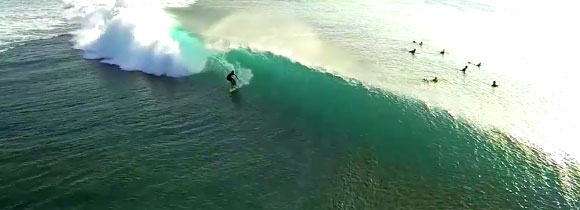
Menjangan & Gilimanuk
Situated at Bali’s North West Peninsula, West Bali National Park is a 70.000-hectare Monsoon forest preserve, which includes the Menjangan Island and its surrounding waters. The Park is an exotic wildlife sanctuary, an appealing haven for nature enthusiasts, which may be explored by boat, on-foot trekking or bicycling.
Menjangan (meaning Deer) Island’s fascinating underwater realm can be equally discovered by scuba diving or just snorkeling. Menjangan Island has some of Bali’s best coral reefs, wall-diving and snorkelling sites, teeming with a spectacular marine life and famous for its lack of currents and the great visibility, which extends to 50 metres at particular times of the year.
Here you can view some of the best soft corals, sponges, and Bali’s greatest diversity of gorgonian fans found anywhere in Bali. The fans attract huge numbers of small reef fish including brightly coloured parrot fish, yellow back fusiliers, powder-blue surgeon fish, damsel fish, puffer fish, unicorn fish, barracuda and silvery jacks. The walls plummet deep into the ocean floor so there is always plenty to see.
It is a beautiful 20 – 30 minute boat ride to Menjangan.
Some of the best dive sites are POS 1, POS 2 and Eel Garden. At Eel garden you can get some current at times, and find a lot of fish action. Pelagic encounters of White Spotted Eagle rays, mola molas, whalesharks, reef sharks are not common but they are possible!
Along the maincoast – nearest to Menjangan – at Banyuwedang Bay, the reef is as good as at Menjangan’s best sites. Check out the diving on both sides of this bay! Nearby Pemuteran is not as rich nor rewarding as the others, but are okay for night diving or to search for the Mandarin fish.
Situated on the most western point of Bali, you will find Gilimanuk. The city from which ferries navigate to and from Java.
Secret Bay is the name of the dive site found in Gilimanuk; not far from the village where ferries come and go through the strait of Java. Guarded by two tiny islands, this bay is not deep at all, with the water level rising and falling between 2 and 12 metres deep. Neither very large, the bay measures about 2km across, and is made up of mangrove flora.
You reach Gilimanuk by a 20 minute car trip across Bali’s northwest peninsula and through the heart of the West Bali National Park. As it’s located just next to the strait of Java and strong current passes by through the strait, the mouth of the bay is like a canal that provides nutrient-rich currents, and a safe place for marine life to reproduce, making it a protected and ideal nursery to visit in bad weather.
The marine life here is abundant and varied despite the absence of coral. In the first few minutes the dive might not seem very interesting, as you kick out over a lot of decomposing sea grass, algae, and leaves. However, it’s one of the few places around Bali where we can find creatures that are difficult to believe that they exist!
Secret Bay is an exceptional dive site for muck diving, and usually reserved for divers in search of a unique experience. It will bring joy to any photographer, as well as those passionate about marine biology and macro life. Here you might see seahorses, shrimps, frog fish, dragonets, Banzai cardinal fish, nudibranch, leaf scorpion fish, razor fish, and pipefish.
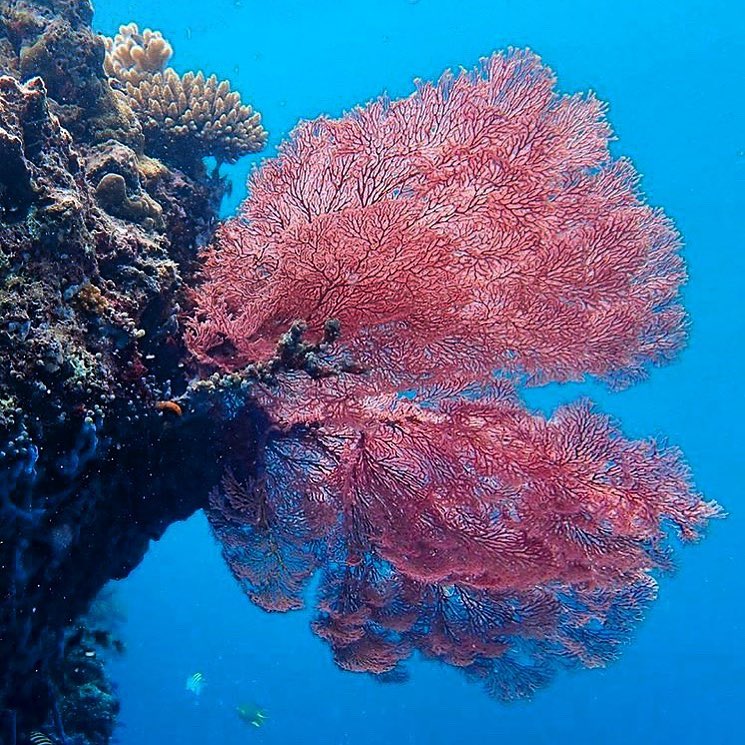
Tulamben
Tulamben is a small fishing village in Bali’s North East.
The USAT Liberty may be the worlds easiest “big wreck dive”. It was a cargo ship armed during the Second World War, in charge of merchandise transports. During its last mission in June of 1942, the Liberty was hit by two torpedoes launched by a Japanese submarine. The crew then tried to draw it to Singaraja. Taking in too much water, the ship got stranded on the Tulamben beach, until 1963 when the earthquake that induced the eruption of the Mount Agung made the wreck slip towards the ocean at only 40 meters from the beach.
Nowadays life is everywhere on the wreck! You will see humphead parrot fish, schools of trevally, Leaf scorpion fish, turtle, frog fish, groupers, jack fish, angel fish. If you are very lucky you may even encounter a whale shark, eagle ray or even a Mola!
However, Tulamben is much more than the wreck! Macro lovers come from all over the world to have the chance to see some crazy species of nudibranchs, shrimps and crabs! And the black sand bottom makes the subjects pop out in color – especially photographers love this aspect.
There are many good dive sites in the area but our favourite one is Batu Kelebit! It is about 15 minutes from Tulamben Bay by jukung (local outrigger fishing boat).
Batu Kelebit is basically two large rocks that lie just offshore. As you follow the sloping reef deeper, the dive site becomes more dramatic. You’ll see three steep ridges encrusted with a wonderful diversity of hard and soft corals, fire and table corals, many beautiful sea fans, and sponges. The species of even the most common reef fish are different too from those of Tulamben Bay.
The steepness of the site combined with the structure of the ridges, and plankton-rich water, means you have more chance to see pelagics here than within Tulamben Bay itself. These include barracuda, tuna, Manta rays, White-tip reef sharks, silky sharks, turtles, Dogtooth tuna and sometimes Mola-Mola (Ocean sunfish).
The water is cooler here (26°C is not unusual) due to a cold upwelling from the depths. Visibility can be as low as 15-20m due to plankton but is usually better.
Other excellent dive sites here are the famous Drop-Off and Palung Palung.
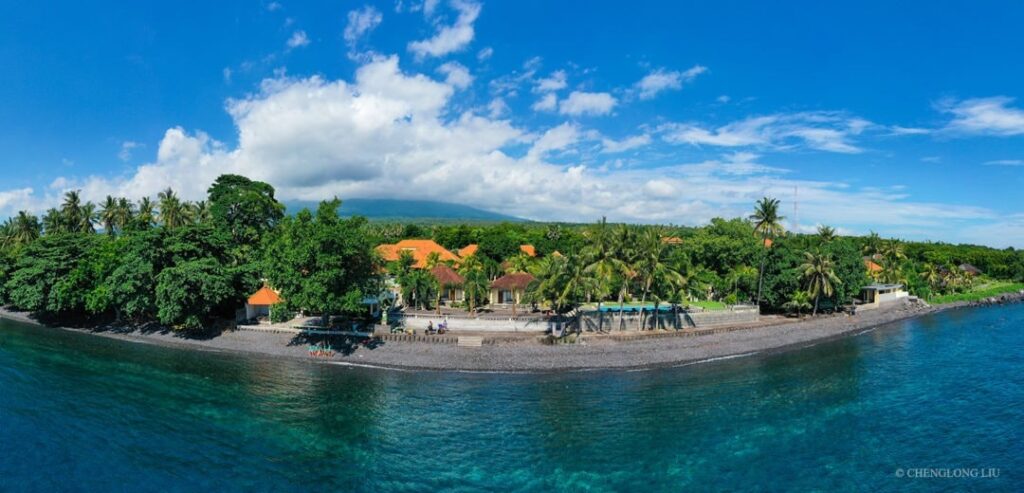
Amed
Divesites like Ghost Bay provide top-class muck diving, with mimic octopus, ghost pipefish and more. Amed Wall and Pyramids provide easy drift dives with turtles, reef sharks, blue-spotted stingrays and many reef fish.
If you want wrecks then we are just 20 minutes from the famous USAT Liberty wreck. Lots of marine life also call the wreck their home including Bumphead parrot fish, barracuda, turtles, hard & soft corals, and macro life like pygmy seahorse, nudibranch, scorpion fish, etc. After the wreck, for the 2nd dive we normally choose between Coral Garden which also offers macro life, or the Drop Off which is a wall that eventually drops down to more than 70 meters and is covered in sponges and wonderful gorgonian fans.
Amed also has its own wreck called the Japanese Wreck, this offers more macro and many gorgonians on a sloping reef.
For the big fish lovers we have sites like Bunutan and Gili Selang where you will find more current and more big fish – sharks, barracudas and occasionally even the ocean sunfish Mola Mola as they take a break from Nusa Penida!
Amed is very well situated and we can also offer day-trips to some of the other Bali dive locations including Padang Bai, Candidasa and Nusa Penida.
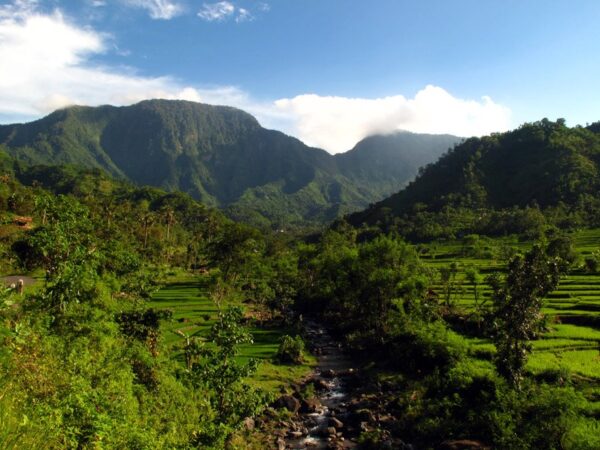
The Gili Islands
The dive sites around the Gili Trawangan, Gili Meno and Gili Air are relatively close – within a 15-minute ride away. This allows us to return between dives so you can shower, relax on the beach, in the restaurant or by the pool.
Due to the currents, the majority of dive sites are drift dives from a boat.
Scuba diving around the Gili Islands is rather nice and completely fine but nothing spectacular if you compare to other places in Indonesia. However, on the plus side you can see many turtles, due to conservational efforts. Whale sharks sometimes do pass by, and you can find reef sharks and rays out there as well.
The Gilis can easily give a perfect holiday getaway. And of course you have the many restaurant options, people to meet, spas, beer places etc..! You can have the most wonderful time here, but don’t expect world class diving, but completely good diving(!), with warm water and good people.
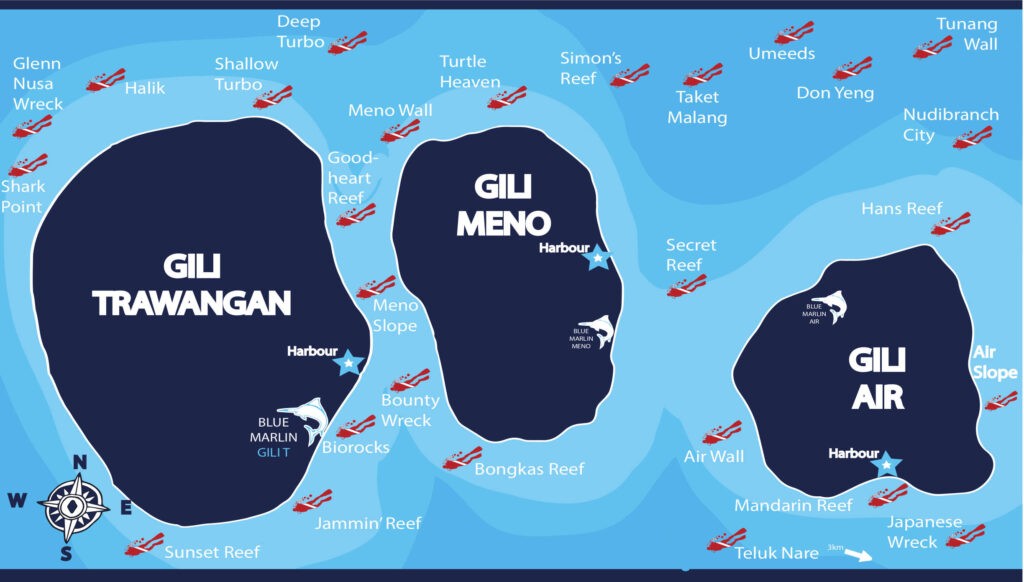
Season
The peak of the South Bali upwelling, June through October, produces the greatest pelagic catch for Bali’s fishermen. For a diver, the time of the upwelling, is when the East Bali and Nusa Penida sites come alive, and when molas and other pelagics appear.
This is also when you can encounter some very cold water. Sea temperatures around Bali usually range from 26 – 28 degrees C, but when the upwelling raises the thermocline to diving depths in these areas, the water temperature can drop into the teens.
The dry season in Bali runs from April to October however the best diving season is all the way from April to November.
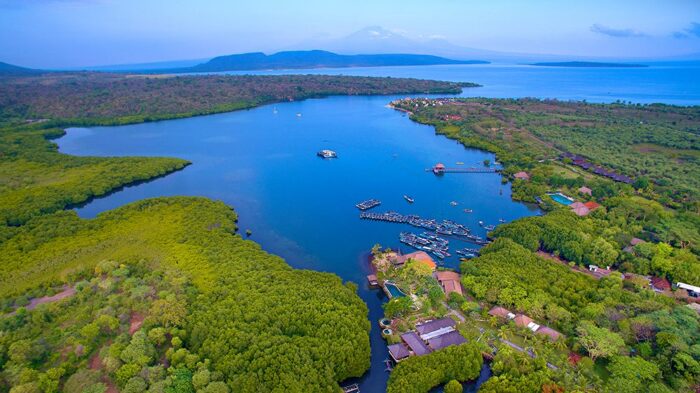
Included
Included
- International Flights
- Airport pick-up in private car
- *10 nights in Resort w/ full board and free mineral water + hot water for tea or coffee)
- It is recommended to pre-book the dives in order to secure a space on the dive boat.
- **Fee to Rejsegarantifonden
- Full package tour – See the benefits of being covered by the Full Package Act and Regulations here
*See the specific accommodation menu for details. At some places all meals are included, while other places only have breakfast included.
**A Danish Travel Guarantee Fund covering all European citizens in case of bankruptcy: link
Not Included
- “Visa On Arrival” ~ €30
- Tips for the staff
- Airport departure tax ~ €10
- Personal Travel Insurances
- Dive Packages
- Anything not listed in “Included”
Combine
Bali Province
Nusa Penida
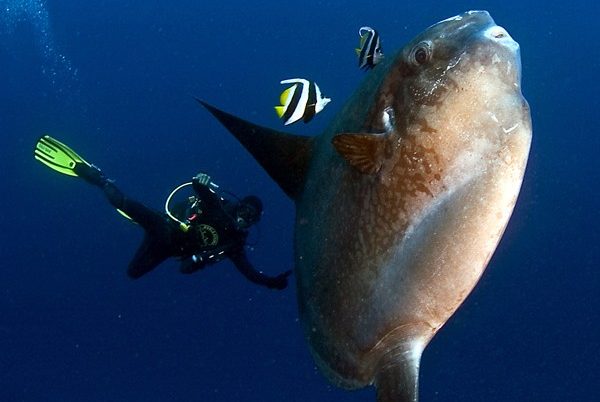
Mola molas, drift dives, manta stations, colder water upwellings. Excitement! Only a short boat ride away.
West Nusa Tenggara
South Lombok
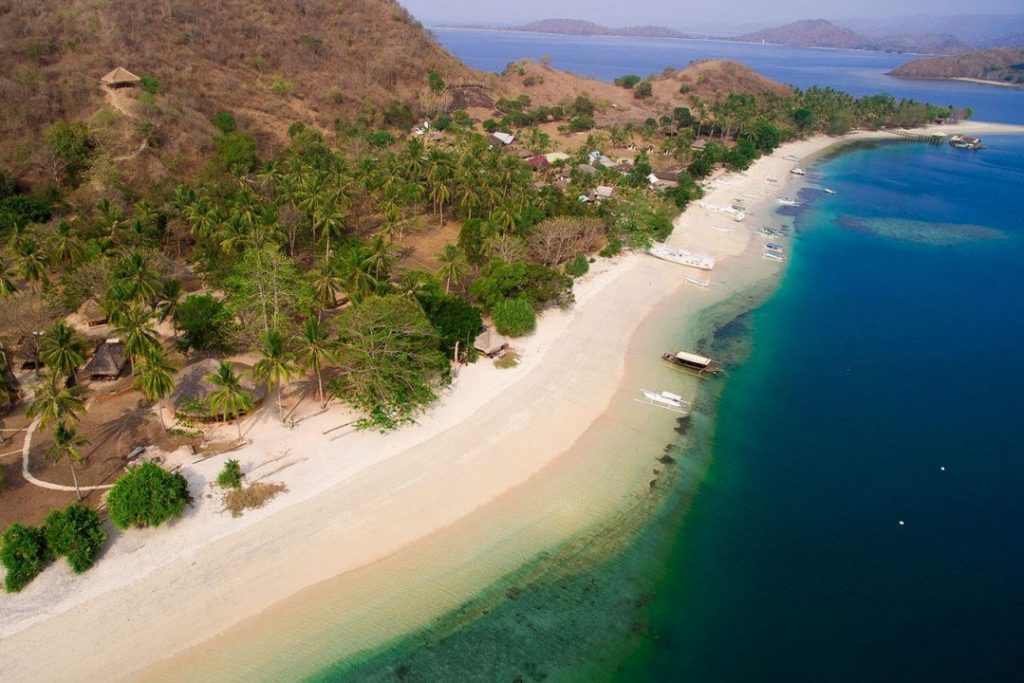
From the secret Gilis you can dive 2 areas of South Lombok – Belongas Bay: Pelagics! Only a few hours by boat away.
West Nusa Tenggara
Sumbawa & Komodo

The ONLY resort offering day trips to West Komodo, Gili Banta, and Sangean Volcano!! One short domestic flight away!
West Nusa Tenggara
Sumbawa & Moyo
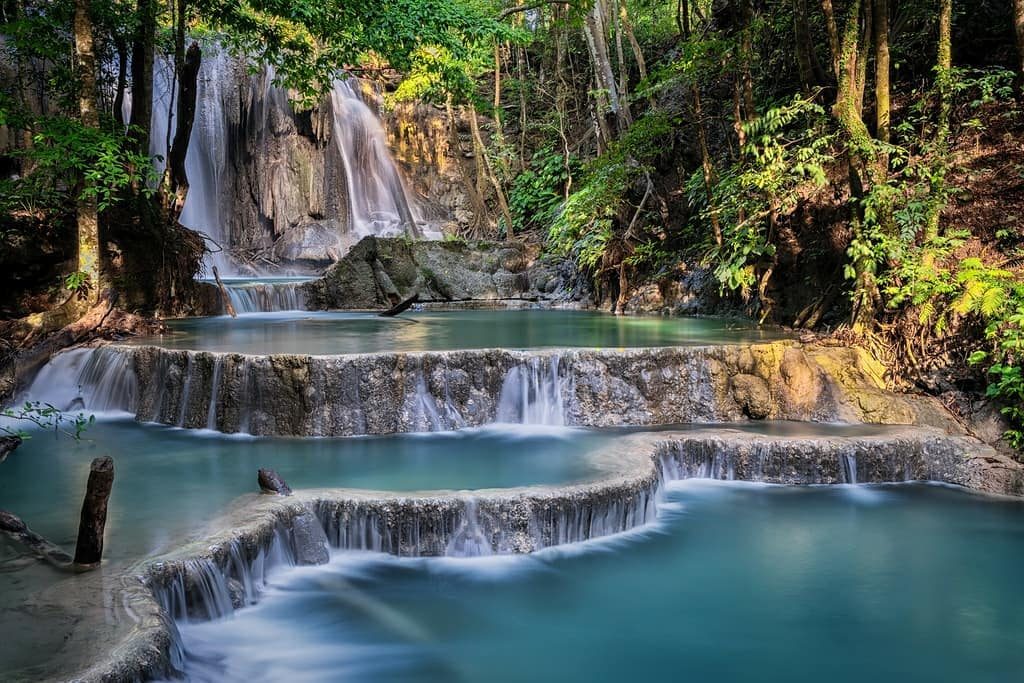
Beyond Bali and Lombok you find Sumbawa and Moyo in the Sea of Flores. Two short flights and a boat ride away.
East Nusa Tenggara
Alor Archipelago
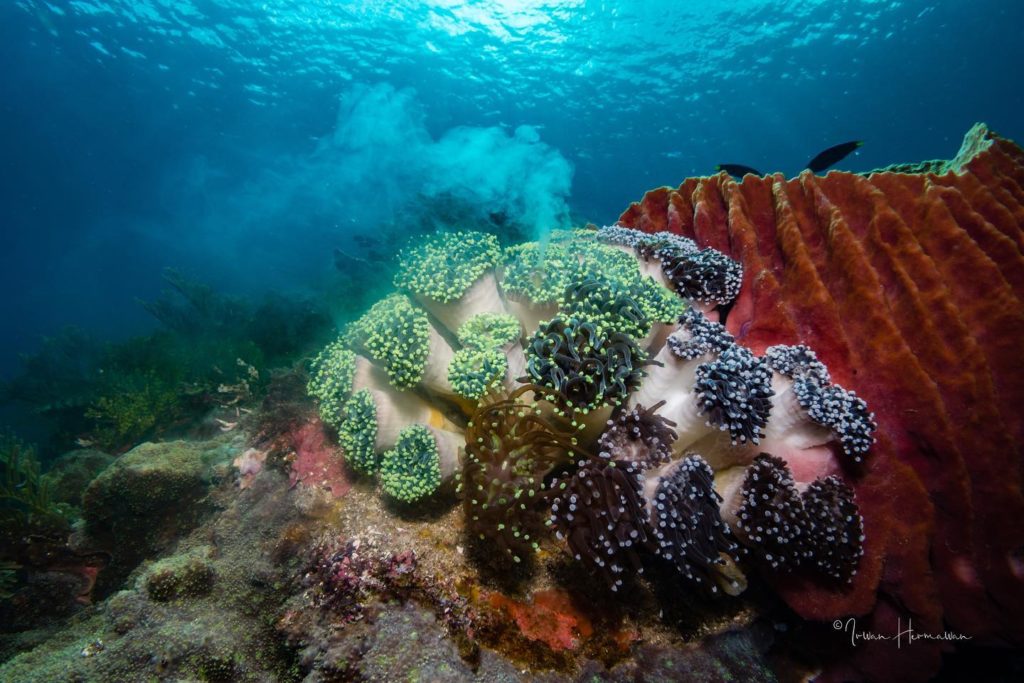
Vibrant coral reefs, strong currents, macro subjects, hammerhead sharks and culture. One domestic flight away.
South Sulawesi
Pulau Selayar
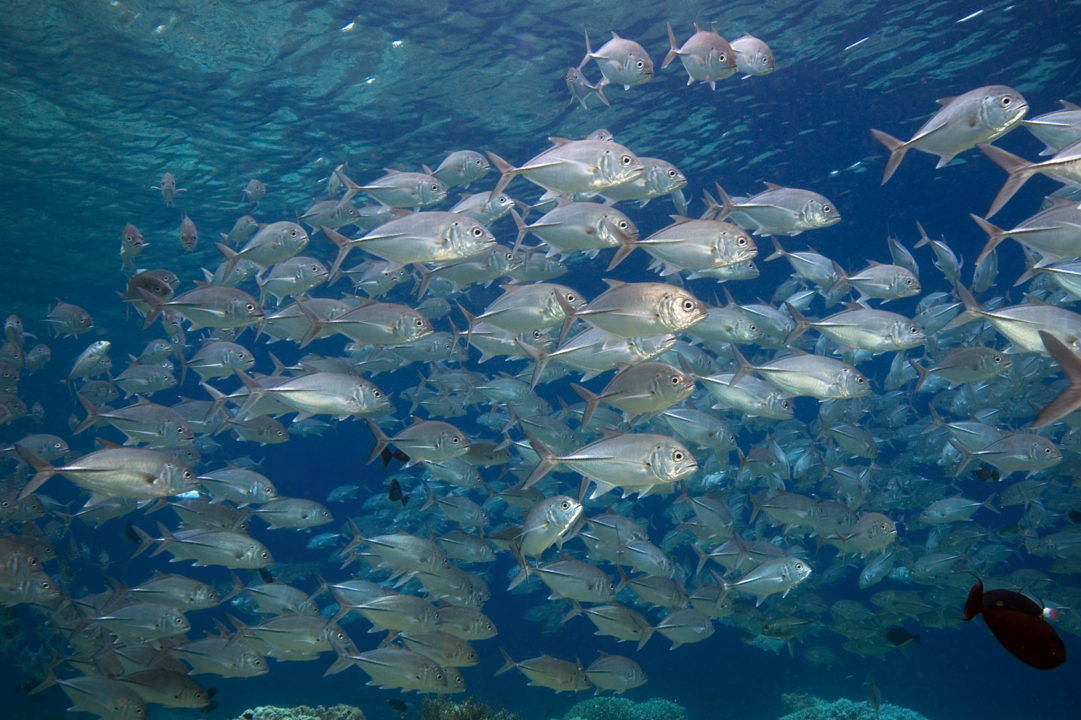
With some of Indonesia’s best reefs and one of the best housereefs found anywhere! One domestic flight away.
North Sulawesi
The Lembeh Strait
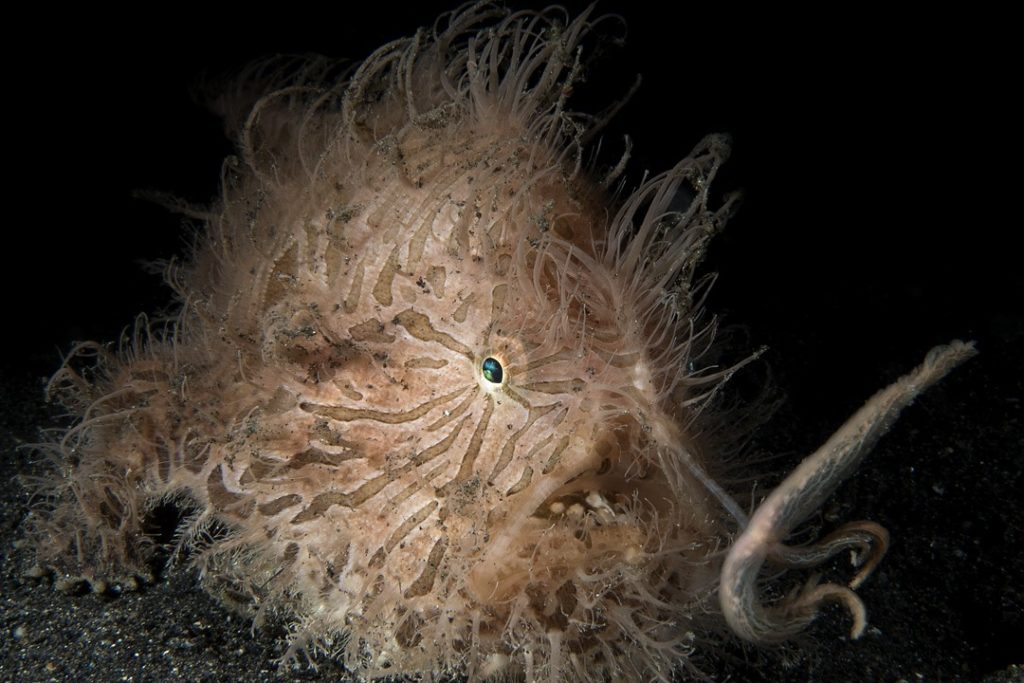
Muck diving capital of the world. Life has evolved without the ordinary reef fish. One domestic flight away with a short stopover.
East Nusa Tenggara
Komodo & Flores
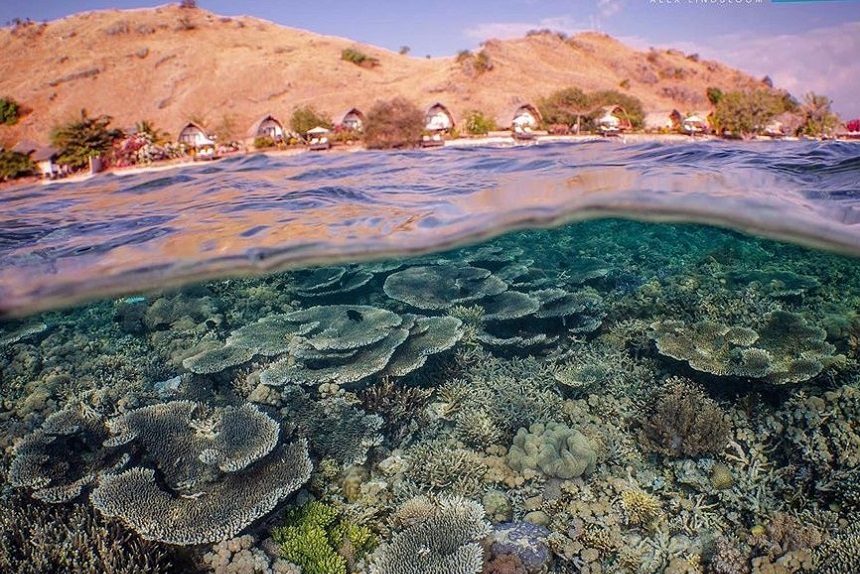
Komodo dragons, strong currents, manta rays, sharks, macro, Unesco Heritage. One domestic flight away.
North Sulawesi
Pulau Bangka
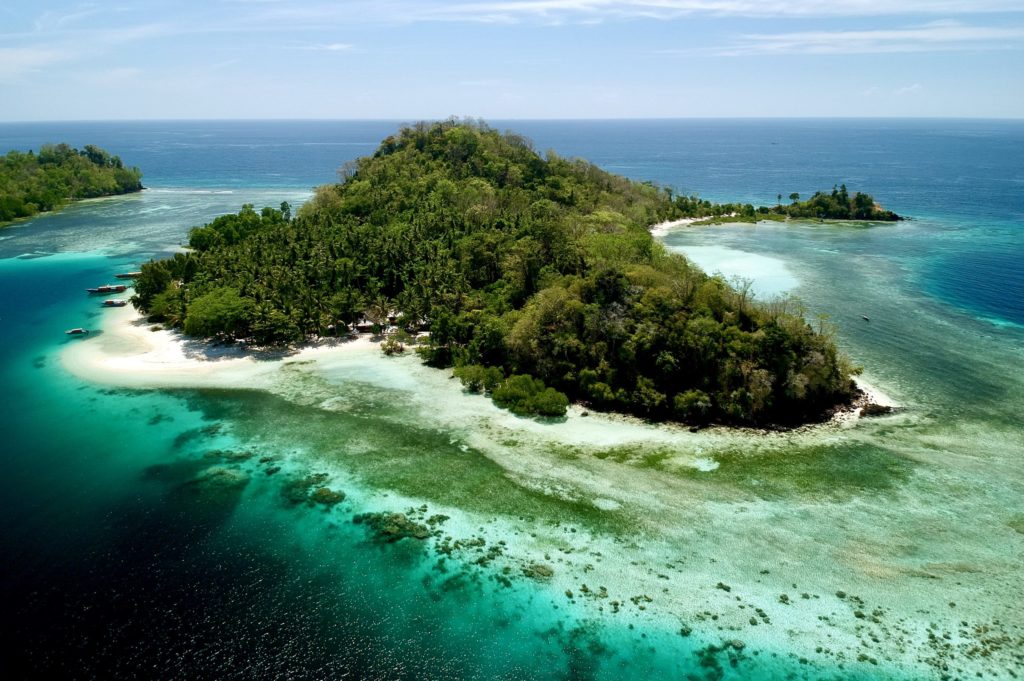
Bounty island, surrounded by soft coral color explosions and pinnacles. One domestic flight away with a short stop-over.
North Sulawesi
Pulau Bunaken

World-class walls full of turtles, exciting drifts, reef sharks and napoleon wrasses. One domestic flight away with a short stop-over.
Wakatobi
Wakatobi Resort
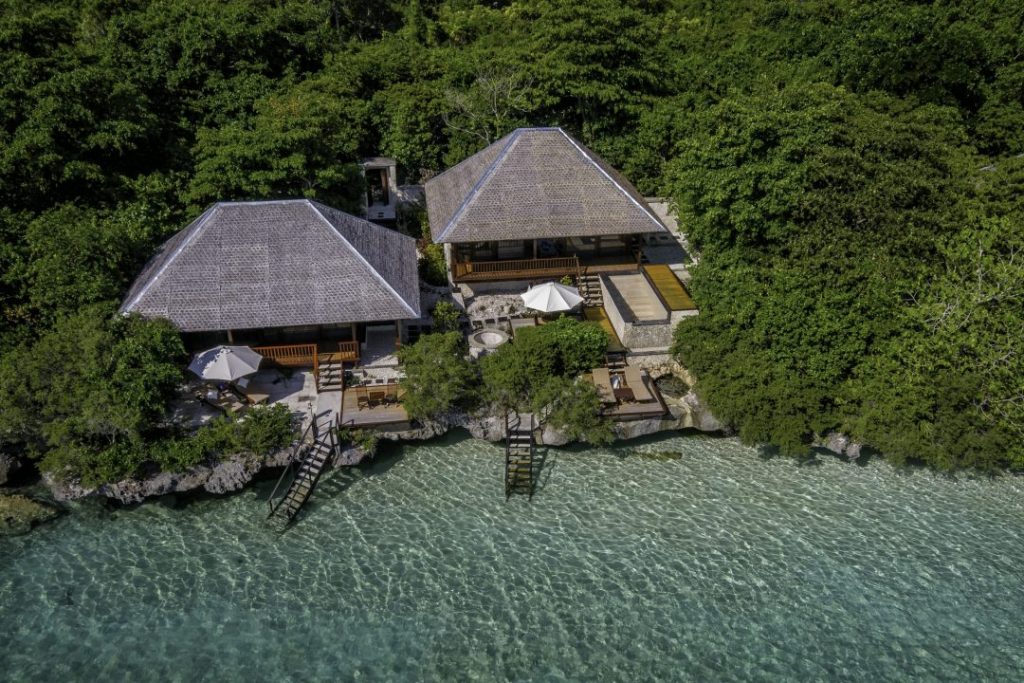
Deemed the World’s Best Housereef together with luxury in an island paradise. One private domestic flight away only!
Bali – Island of the Gods
Many Tours
Duration Half to Full Day
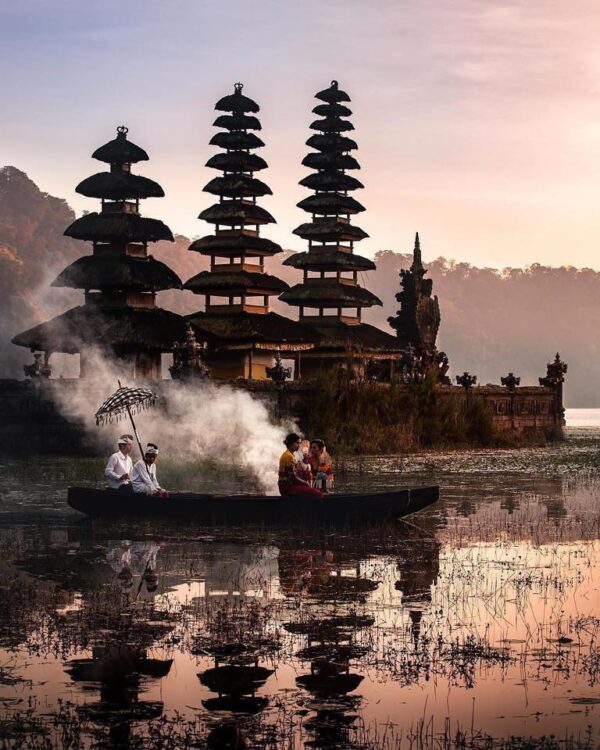
There are so many things to do in Bali, so instead of listing all of them let us know your interests. Temples, waterfalls, hiking, motorbiking, rafting, cooking, rice fields, coffee etc.
We can tailor make daytrips.
You can visit Ubud, which is a famous town in Balis inland surrounded by rice fields. Here are many many restaurants and souvenir shops and the Monkey forest where the small monkeys roam around and can get a bit nosy around tourists.
Uluwatu Temple is a Balinese Hindu sea temple built at the edge of a 70-meter-high cliff projecting into the sea. A Kecak dance performance based on the Ramayana is performed daily in Uluwatu temple at every 6pm on the cliff-side. The performance which is outdoors also shows the beautiful sunset at the background of the performance
Tanah Lot is one of Bali’s most important landmarks. Its unique offshore setting provides the perfect backdrop for sunset photos. Constructed in the 16th century to honor the Hindu sea god, Baruna, Tanah Lot is one of Bali’s most-visited landmarks.
The Mount Batur hike in Kintamani, Bali is one of the most popular and enjoyable sunrise trekking experiences you can have in Indonesia. It’s not very hard to do the Mount Batur trek from any part of the island, and the guided trek takes you up a still active volcano — Gunung Batur — with a summit elevation of more than 1,700 meters. A perfect way to catch the sunrise. You drive up to around 1200 meters and walk the last 500 meters. Total duration up and down is 2-4 hours.
Q & A
Yes, and many get certified in Bali. However, some of the best sites in Bali, have quite strong currents. The best place for beginners may be Menjangan in the north.
We would recommend an absolute minimum of 4 days for any of the locations.
They easily hold potential for much more exploration, depending on what you like to see and do.
If you are into macro, Tulamben is on fire.
If you want to go to the most current pumping dive sites, Padang Bai is the place – Tepekong! From here you can do daytrips over to neighbouring Nusa Penida!
Great! We can offer you courses from entry level to technical dives.
Contact us for further details.
The prices for PADI OPEN WATER courses roughly start at €285 and takes 3-4 days.
The 3 day course will let you study via e-learning before you get here, which is smart if you want to be better prepared and spend your holiday time diving and relaxing instead of studying.
The 4 day course is the most popular and you start your studying once you get here.
The prices are almost identical.
Please book courses at time of booking the whole trip.
We highly recommend booking most of the dives in order to save a space for you on the dive boats.
Some of the places have included dive equipment in their dive prices. The dive centers have all of the equipment you would need.
Of course it is nice to bring your own if you can.
As a minimum we would recommend to bring your own dive mask.
Bali’s hospitals are of international standards.
Nearest hyperbaric chamber is in the southern part of Bali.
Bali and the Gili islands are a low-risk area regarding malaria.
However, do always protect yourself from mosquitos as they can carry other diseases, such as Dengue Fever and Japanese Encephalitis. It is very rare to get something like Japanese Encephalitis, but you must consult with your own doctor about vaccinations before travelling to the tropics.
Dengue occurs year-round in Indonesia, with peak transmission in the rainy season, from November through April. Cases are frequently reported in East Java, Jakarta, and on Bali / Nusa Penida islands.
See our “About” page to know more about prevention of moscuito bites.
For further reading on health: https://www.iamat.org/country/indonesia

